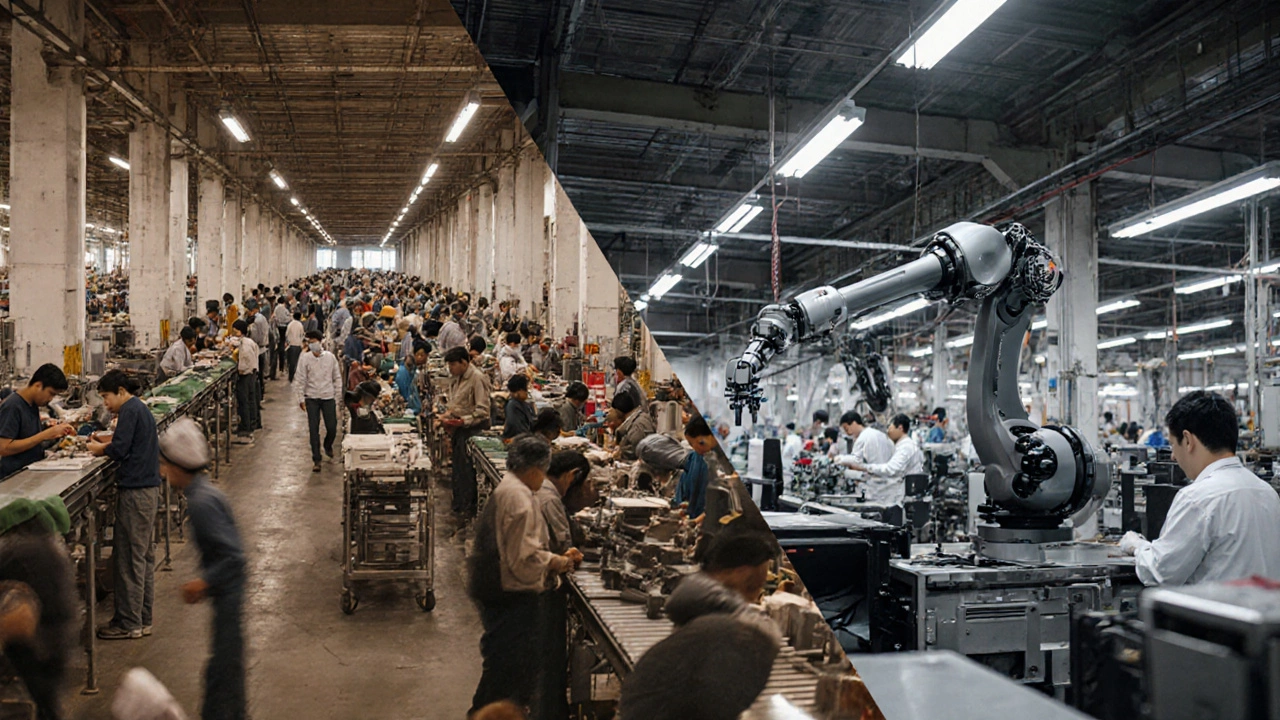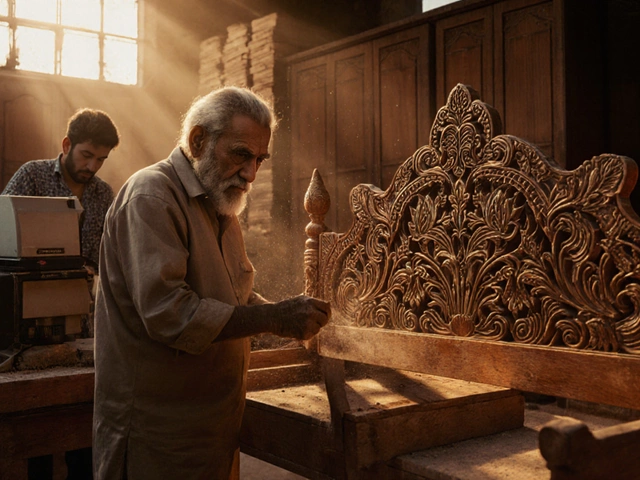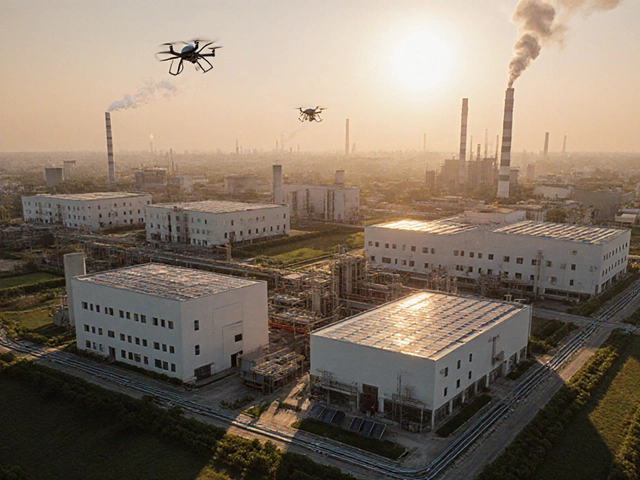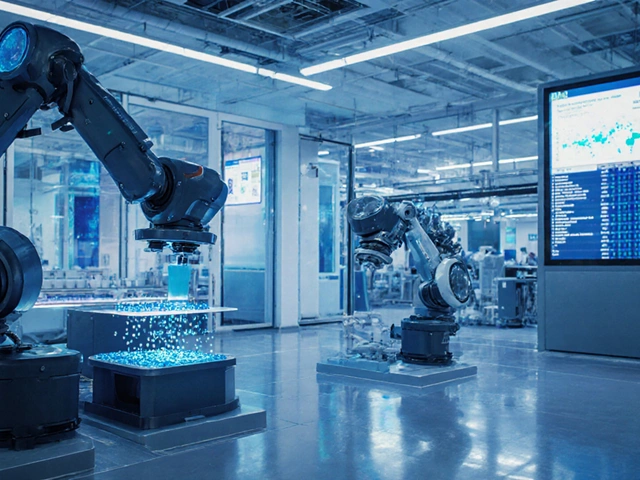Compare Manufacturing Costs
When you compare manufacturing costs, you’re assessing the total spend needed to turn raw materials into finished goods across different production setups, you instantly spot where money leaks or savings hide. Understanding the nuances of compare manufacturing costs can save you thousands and guide smarter investment choices.
One of the first benchmarks many businesses use is the small factory cost in India, a detailed budget that breaks down land, machinery, licenses, and subsidies for a new production unit. This figure serves as a baseline for larger plants; if a medium‑scale operation can achieve a 15% lower per‑unit cost than a small factory, the gap often signals economies of scale or better material sourcing. In practice, entrepreneurs compare these numbers side‑by‑side to decide whether to expand or stay niche.
The classic 5 M's of manufacturing, Man, Machine, Material, Method, and Measurement, outline the core drivers that shape production expenses. For cost comparison, Man (labor wages) and Material (raw‑material price) usually dominate the variable cost column, while Machine (depreciation) and Method (process efficiency) affect fixed costs. By mapping each cost component to a specific "M," you create a clear matrix that makes cross‑plant comparisons transparent and actionable.
Another powerful lens is the mass production economic advantage, the reduction in unit cost achieved when output volume rises, thanks to streamlined processes and bulk purchasing power. This principle explains why a single‑piece custom shop may charge $200 per unit while a high‑volume line can drop that to $45. When you compare manufacturing costs, measuring the slope of that cost‑versus‑volume curve tells you how quickly you’ll reach profitability and what scale is truly needed.
Finally, real‑world case studies – like a small pharma unit in Baddi versus a large textile mill in Gujarat – illustrate how regional factors (tax incentives, power availability, skilled labor pools) tilt the comparison. By weighing these geographic variables alongside the 5 M's and economies of scale, you build a multidimensional view that’s far richer than a simple spreadsheet.
What You’ll Find Below
The articles that follow break down each of these ideas with data, step‑by‑step guides, and industry examples. Whether you’re budgeting for a startup factory, evaluating a partnership, or just curious about why costs differ across sectors, the collection gives you concrete tools to make informed decisions.
India vs China: Which Country Offers Cheaper Manufacturing?
A detailed comparison of manufacturing costs in India and China, covering labor, energy, land, logistics, regulations, hidden expenses, and a decision matrix for choosing the cheaper location.
Read More




